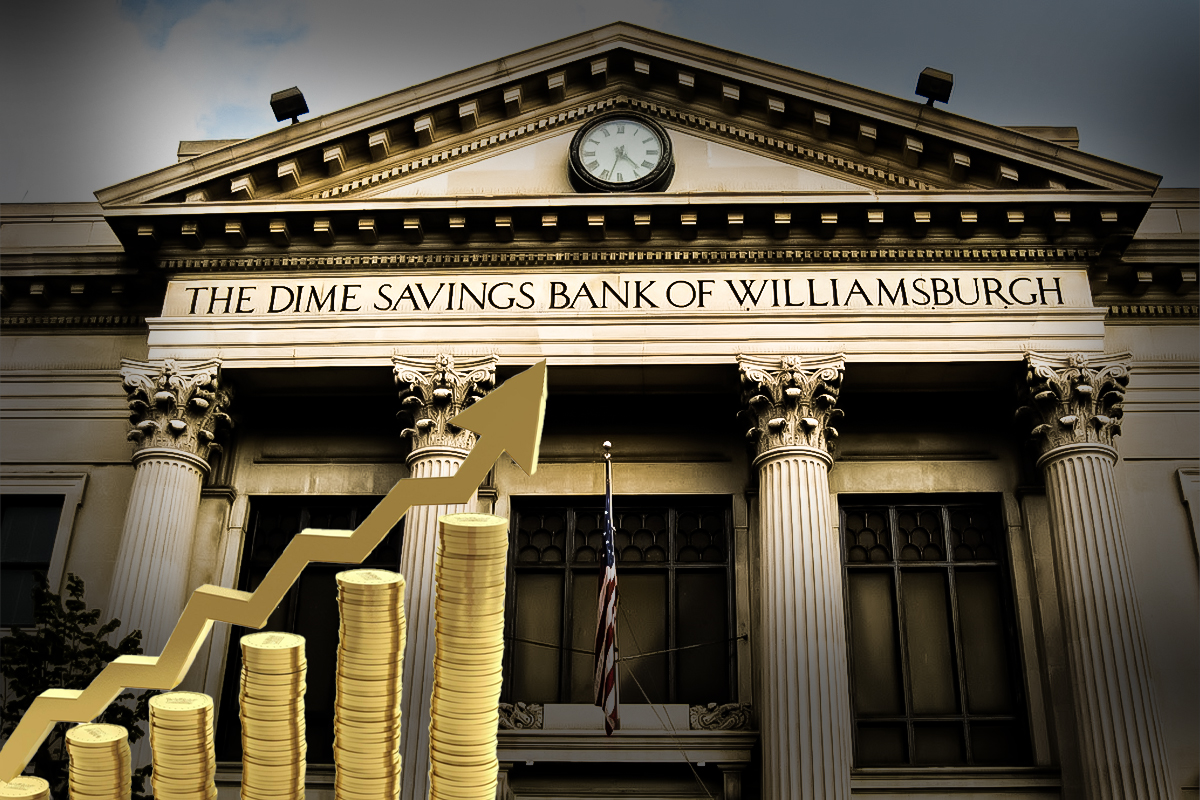Why do Banking Institutions hide the actual Profits?





- Other Markets
- July 6, 2023
Why do Banking Institutions hide the actual Profits?
Banks would not want you to know the amount of money they make because you would want to rob the bank of its profits if you got to know. Even the regulations around banking and investment are levied to protect bank profits, and the tight community does not want you to know how it’s done.
The hidden relationship of banks and FX markets
The banks know that currencies vary on the price usually and buying when the price of the currency is low to sell it when the price surges can result in profits. So that is one way of putting it, that some banks use your deposits and trade them overnight around the world in the foreign exchange markets 24/7. So say there’s a deposit of £1000, the bank would turn it to £70,000 by trading it on the foreign exchange. One way banks will let you know of this arrangement is if you are rich.
Suppose you have £1 million in liquid assets, they would offer you 12% a month and ask for a facility charge of £100k, all the while you will be paid only 0.1% a year. However, now everyone has access to the Forex Market, and everyone can make big bucks on their money. But trading on your own can be risky, and around 90% of sole traders end up losing money. Although it does not have to be like that necessarily, people are winning the fx markets too.
Credit Cards and their hidden motives
One other modus operandi banks resort to is making profits through their credit card business. They make overwhelming amounts of profits from their credit card business, and in unimaginable ways. What interests one is the surged credit card interest rates while the cost of funds to the bank is at new lows.
The standard rate on credit cards is more than 19%, and the low-interest cards have 13% rates. These high-interest rates illustrate a failure of competition. In addition, consumers avoid switching their credit card providers because their existing cards are often bundled with other products. Also, automatic deductions are sometimes difficult to stop; this allows the banks to set rates they deem fit.
High-interest rates pose a very real problem for the financially unstable since they are unable to pay their bills in full each month. The sensitivity of this issue makes it a less talked about topic by banks; they tend to hide the exact profit on their credit cards. Banks benefit from not only the interest on cards but also from the hidden fees. The interest they make is hard to determine since it is veiled under general banking profits.
Credit cards, personal loans, and the margin make up millions of dollars in income to the bank. These are a small portion of the bank’s assets and still, make a huge chunk of money in terms of non-interest income. It makes for a massive proportion of the bank’s profits primarily because it does not include the interest component.
Practically, underlying profits are those achieved after the deduction of operating expenses, but since credit cards use lesser capital, their cost base is minuscule compared to home mortgages. As a result, their income is essentially all profit.
Banks do not include the interest they receive from consumers. So what of the hidden profits?
Hidden profits are mainly interchange fees that banks pay each other when consumers use their Master and Visa cards at a retailer. The fees apply to both debit card and credit card transactions, with the money being recovered from the retailer. This implies that you will likely pay the fees even if you do not actually incur credit.
Reserve Bank regulates the interchange fees, which ideally should be lower since consumers bear them through higher prices. The banks would not like this, but the banks also insist that people use cards more.
And to say that strong banks are good for the economy, the measure of bank strength does not mean the level of profits they make, but how strongly they can handle a financial shock. And if such a small class of assets makes up a large percentage of a bank’s profits, it indicates not-so-good financial health. Bank margins should ideally be related to risk, and banks here stand accused by their own reports.
Banks do not necessarily have to make profits; the profits should be based on sound banking principles and not economic rent-seeking. It’s high time the banks show their profits made from interest and charges on their credit cards

